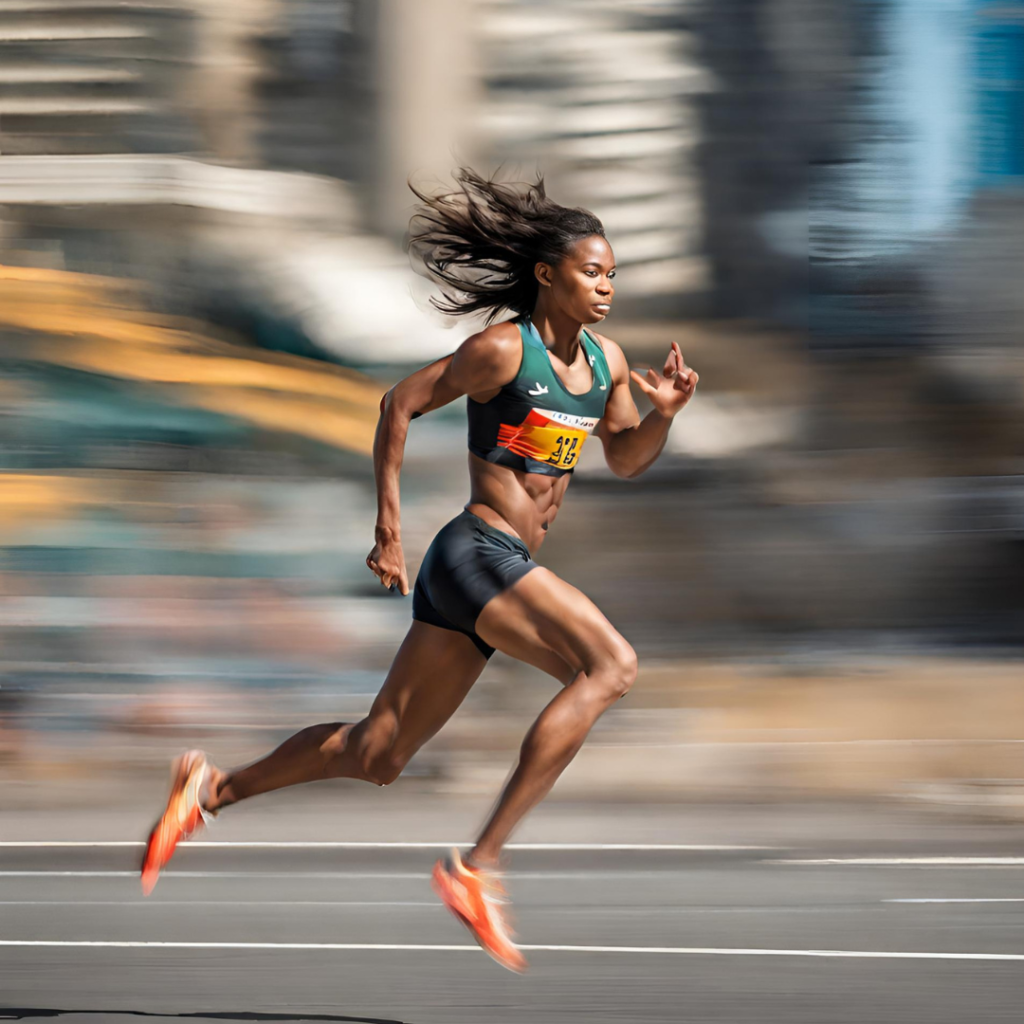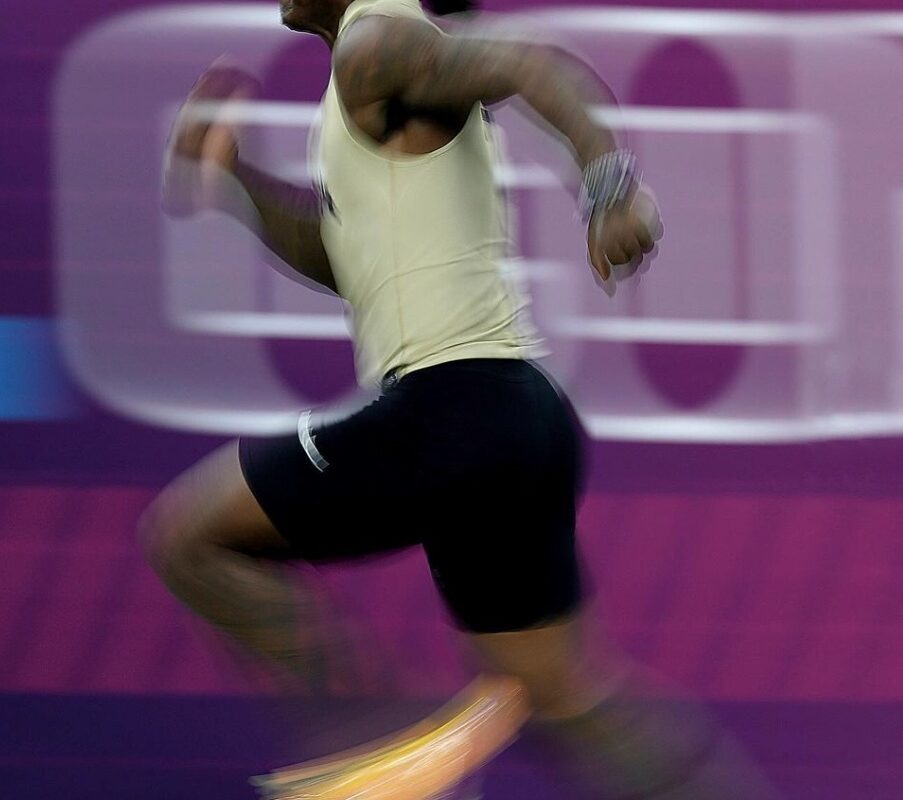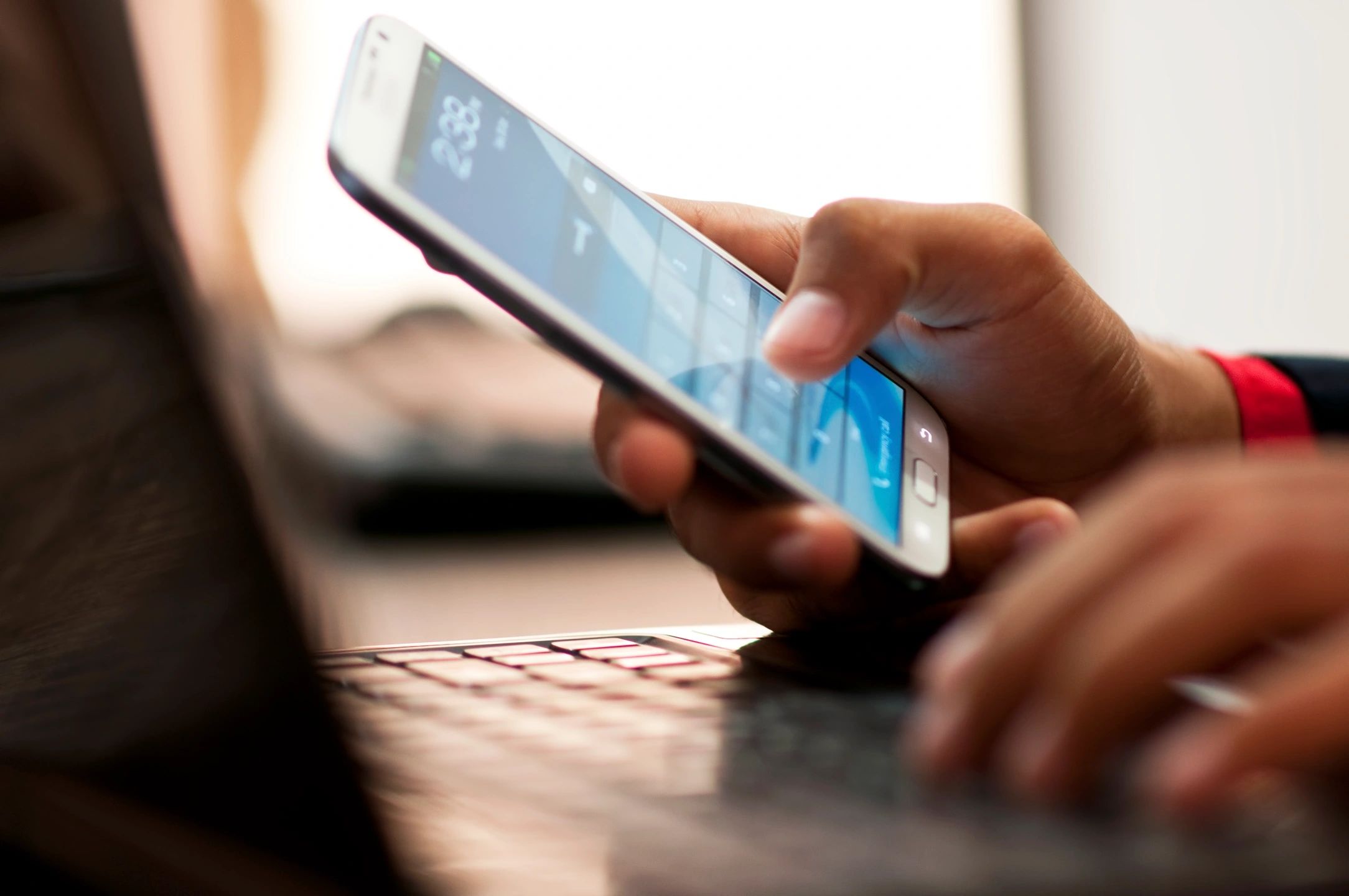By Isabella Serafini
Capturing motion blur pictures of athletes in action can add a dynamic and energetic touch to your photography portfolio. Whether you’re a photography enthusiast, a student, or a young professional looking to experiment with digital media, mastering the art of motion blur photography can be both fun and rewarding. In this how-to guide, we’ll walk you through the steps to capture stunning motion blur pictures of athletes running.
https://www.youtube.com/watch?v=icnl9hFfXP8
Step 1: Choose the Right Location and Time Select a location with enough space for the athlete to run freely without obstacles. Outdoor environments like parks, tracks, or open fields are ideal. Ensure the lighting conditions are suitable; natural light during the golden hour (early morning or late afternoon) often yields the best results, offering warm tones and softer shadows.
Step 2: Set Up Your Camera Use a DSLR or mirrorless camera with manual settings for more control over the exposure. Mount your camera on a sturdy tripod to keep it steady during the shoot. Set the camera to Shutter Priority mode (usually denoted as “Tv” or “S” on the mode dial) to adjust the shutter speed manually while letting the camera determine the aperture and ISO.
Step 3: Adjust Shutter Speed The key to capturing motion blur is to use a slower shutter speed. Start with a shutter speed of around 1/30th of a second for moderate blur, then experiment with slower speeds for more pronounced blur effects. Keep in mind that the actual speed of the athlete will influence the optimal shutter speed; faster runners may require faster shutter speeds to achieve the desired effect.
Step 4: Focus on Tracking the Athlete As the athlete runs, use continuous autofocus (AF-C or AI Servo mode) to track their movement and keep them in focus throughout the shot. Anticipate the athlete’s path and pan your camera smoothly in the direction of their movement to maintain sharpness on the subject while blurring the background.
Step 5: Capture the Shot When the athlete is in position, press the shutter button halfway to engage autofocus and ensure the subject is sharp. As they start running, smoothly press the shutter button fully to take the shot. Continue tracking their movement until the shutter closes completely to capture the motion blur effect.

Experiment with different shutter speeds, locations, and angles to achieve unique and captivating motion blur images of athletes in action. With practice and patience, you’ll refine your skills and produce stunning photographs that showcase the dynamic energy of sports and athleticism. So grab your camera, head outdoors, and start capturing the thrill of motion in your photography!




Super cool and informative article, Isabella! Capturing an action shot can be very difficult, even for a skilled photographer. Editing the photo on top of this can be even more difficult. You provided useful and insightful advice for future photographers and journalists that can be easily understood. This article is definitely worth keeping for future reference.
Hi Isabella! This was so helpful, for me as I have struggled after watching so many tutorials to get the perfect action shot. You gave such an easy step-by-step to follow that I have already tried it on my camera.
Hi Isabella,
Woah! This is such a cool post! Those images are amazing and caught my eye right away. These are some great tips for photographers.
Hey Isabella! This is such an insightful post! I know that when I used to do sports photography it was always a slight gamble of messing with the settings until you get the right motion blur or type of shot you are looking for. These are some really great tips for sports photography! Nice job!
Hi Isabella! As a photographer, this post was really helpful. I do a bit of journalistic coverage and will be using this tool in my future athletic-focused endeavors, but I also found this insightful for my focus in editorial photography. Creating the right type of blur and the right kind is always super difficult and is a pain to do in Photoshop, so I will be trying this out in my next shoot for sure!